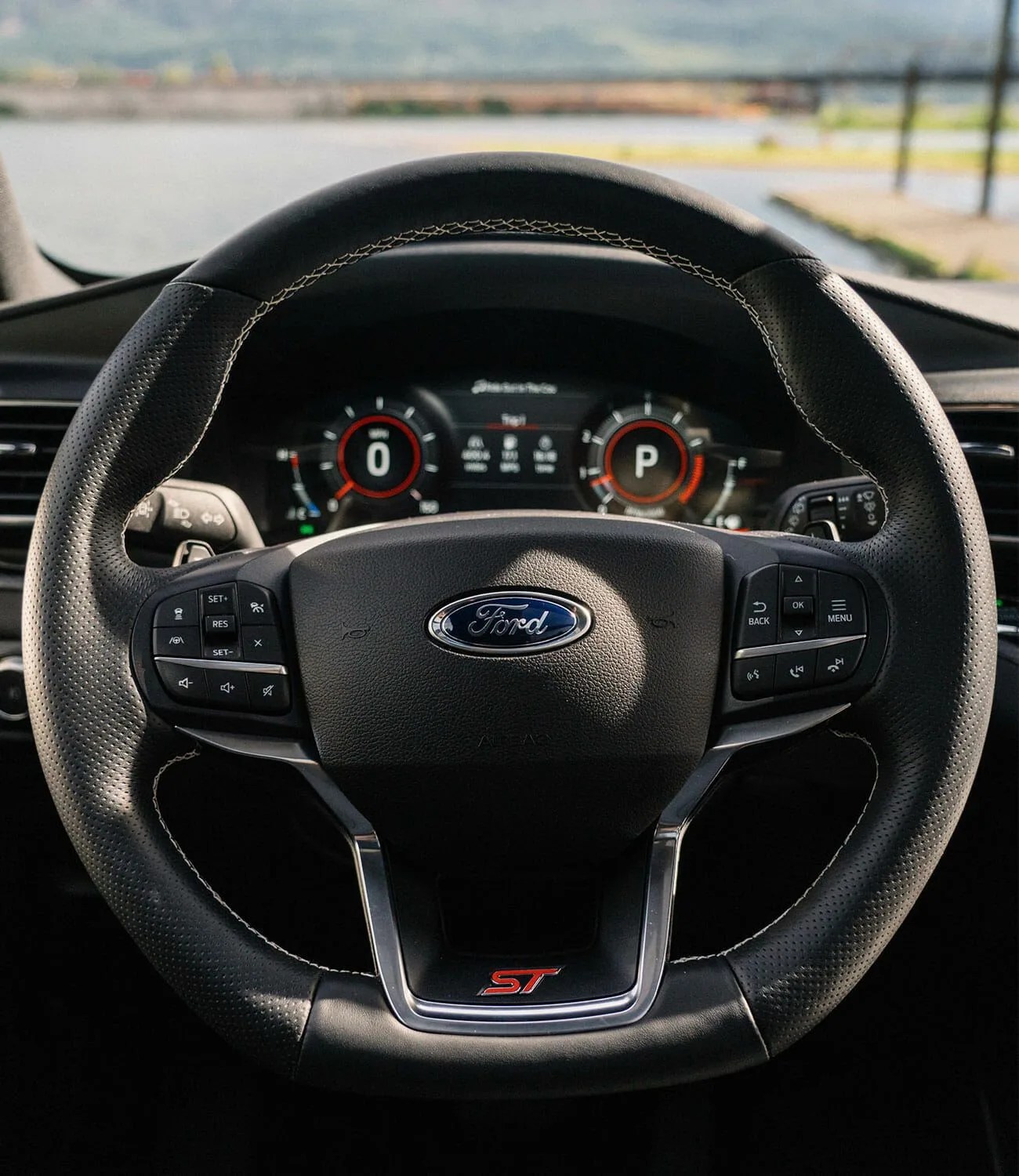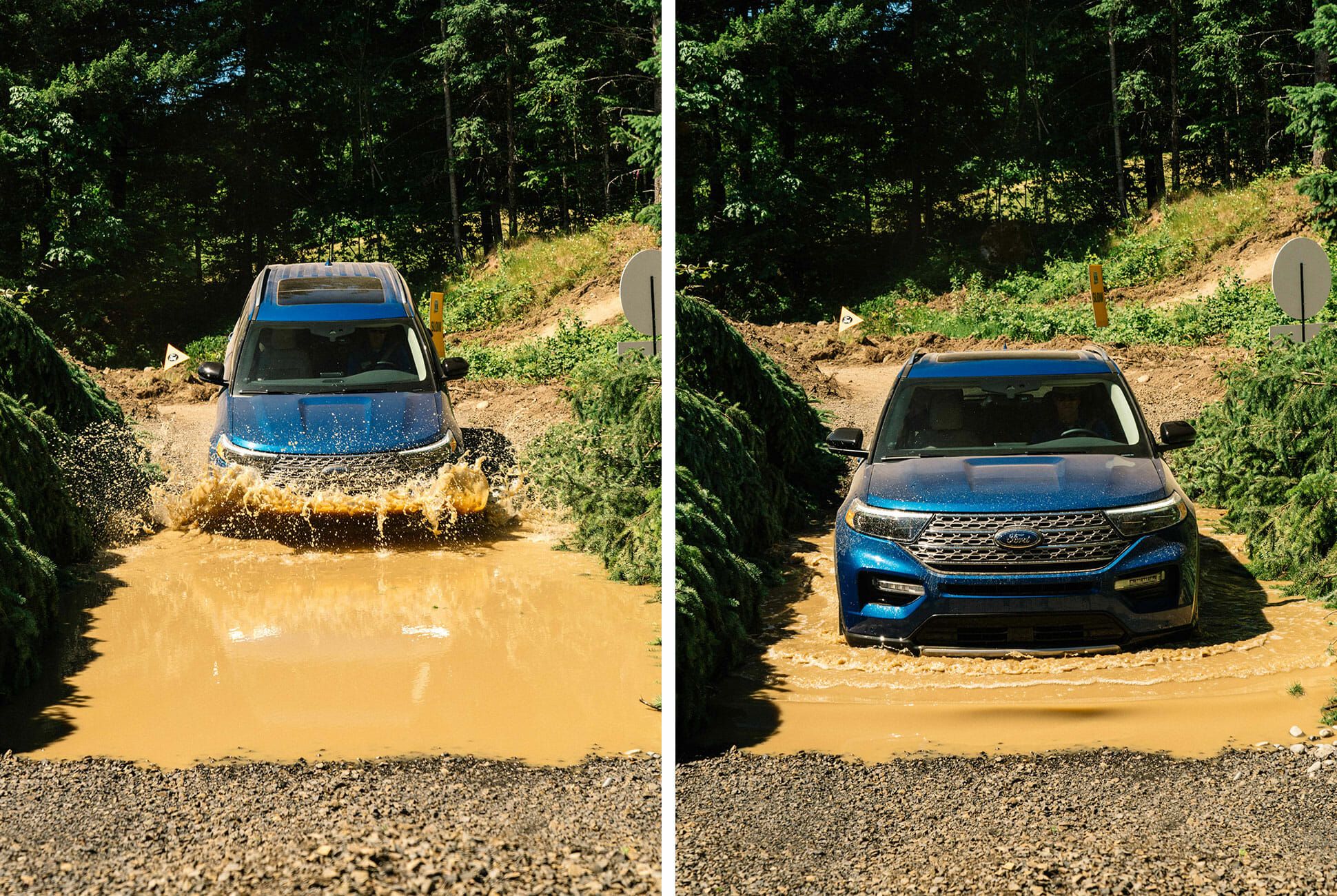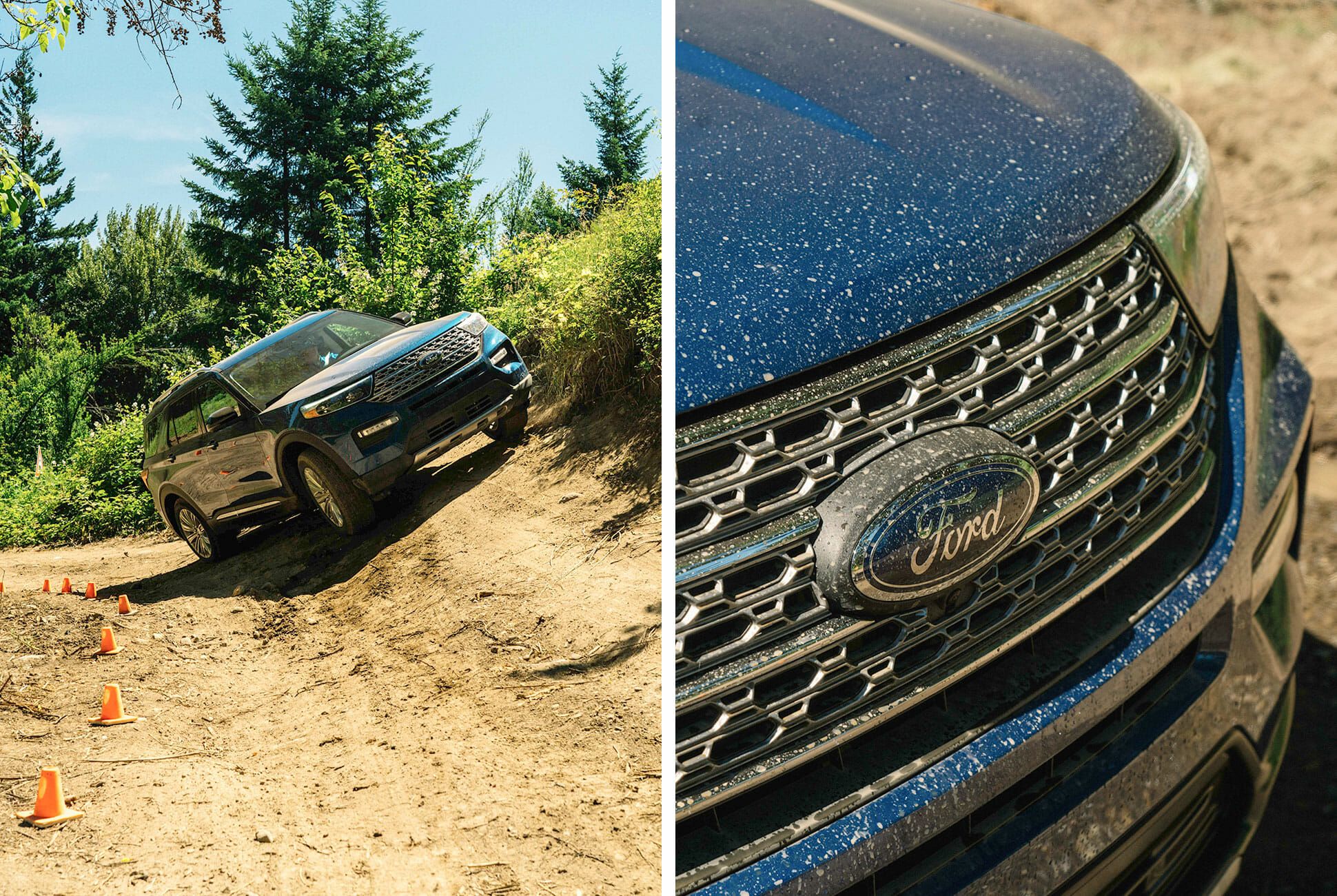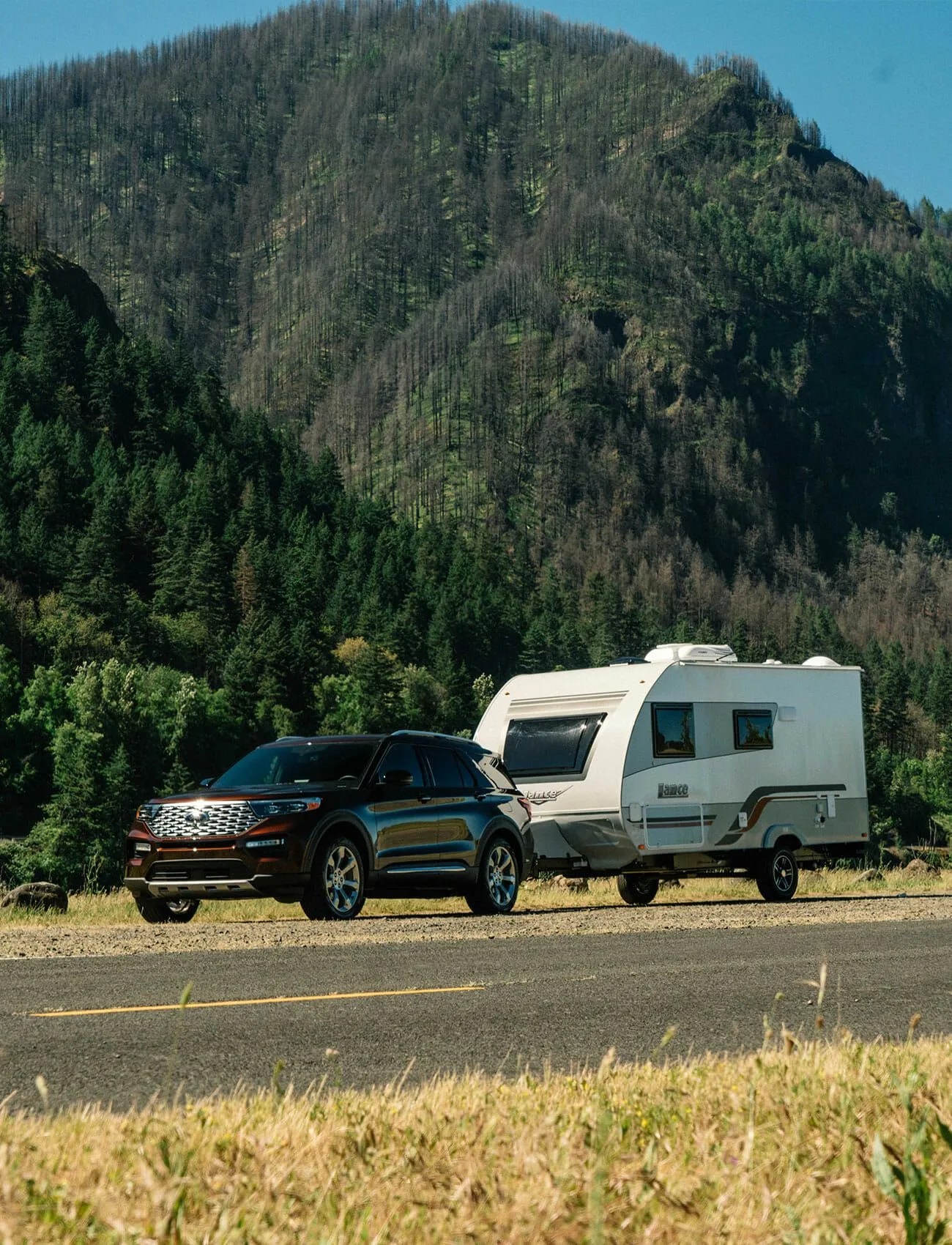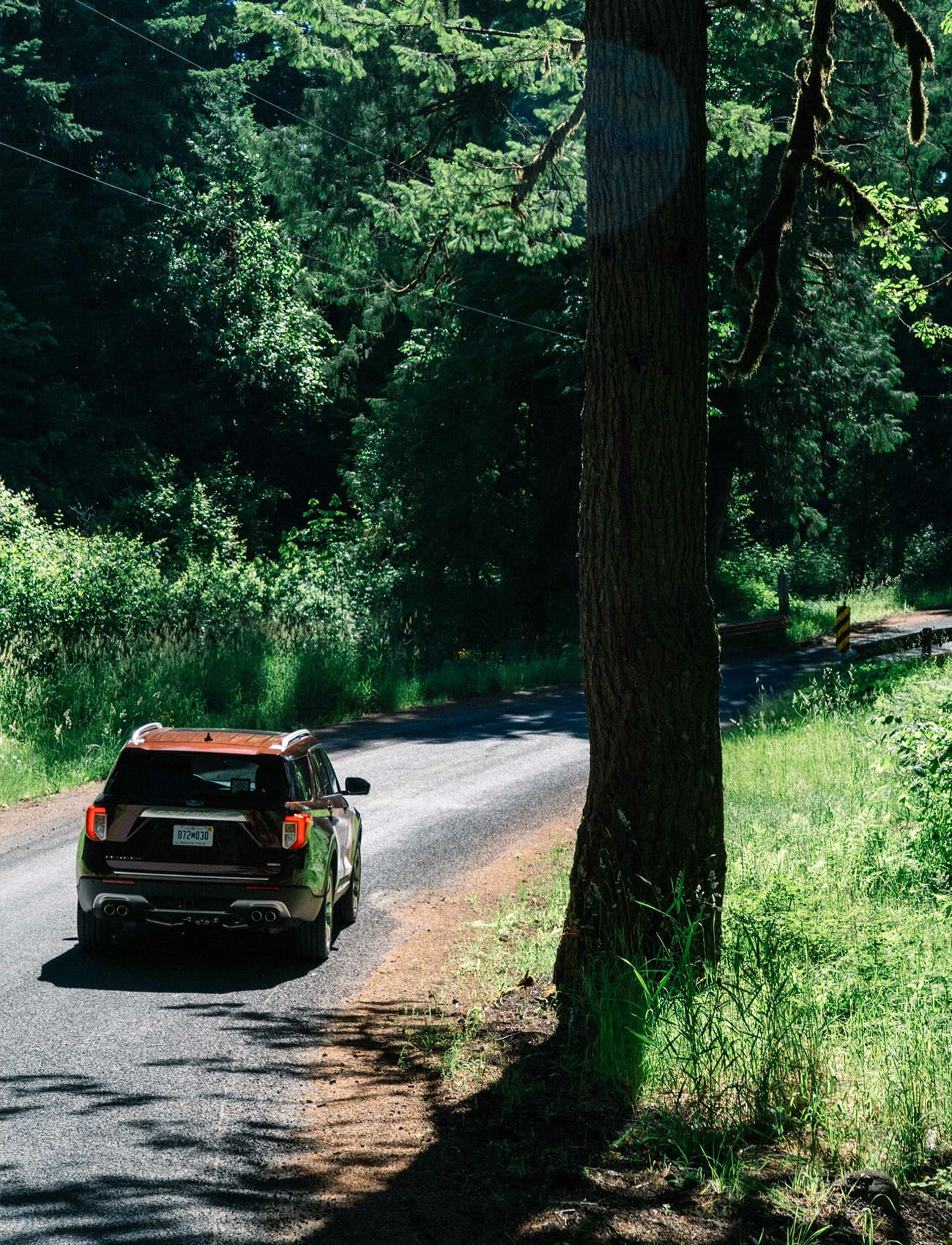5 photos
Ford could have waited another year to launch a completely re-designed Explorer, and thus make a big fuss over it being the 30th anniversary of the nameplate that arguably got the four-door, family-focused SUV segment rolling in earnest. The fact that they didn’t is just one of the many ways Ford is showing they’ve not only listened to customer feedback, but are acting on it as well. The outgoing fifth-generation Explorer was a run-of-the-mill crossover using a front-wheel-drive-based layout; the sixth-generation model, however, returns to a rear-wheel-drive-based layout. This brings with it a number of benefits, such as improved overall balance and handling, towing capacity and interior volume. By retaining unibody construction while switching to the rear-wheel-drive layout, customers get the best of both worlds: a capable SUV that’s as easy to drive as a midsize car.
The Good: First and foremost, the 2020 model is the best-looking Explorer Ford has built. Regardless of whether you opt for the Base, XLT, Limited, Limited Hybrid, ST or Platinum, you get nicely sculpted sheet metal, with thoughtful variations on the theme by model. A well-equipped base model with seating for seven and the standard, comparatively strong 2.3-liter turbocharged inline-four engine sets the tone for the 2020 Explorer line. The smallest engine’s quality is bolstered by the smooth shifting 10-speed automatic, but that transmissions shines brighter when paired with the high-output variant of Ford’s EcoBoost 3.0-liter V-6 found in the sporty ST.
The transmission does a great job slowing the vehicle when towing a trailer, and even offers a low first-gear ratio that does a decent job mimicking a traditional 4WD vehicle’s low-range when Trail, Sand or Snow mode is selected. In fact, the Explorer is far more capable off-road than one would expect just looking at it, thanks to a short front overhang and decent departure angles.
Who It’s For: Putting visions of a Baja-spec Explorer Raptor aside, it’s easy to understand who Ford is angling to bring into the fold here. Families of various sizes and ages are the main target, especially those that often leave near-urban environments in search of rural getaways. The return to a rear-wheel-drive platform also signals that Ford wants the boat and camper crowd back, as well as the weekend warriors who might have a vintage Mustang that needs a lift to a track day. (Visions of an Explorer ST towing a Grabber Blue ‘71 Boss 302 seem delightful.)
